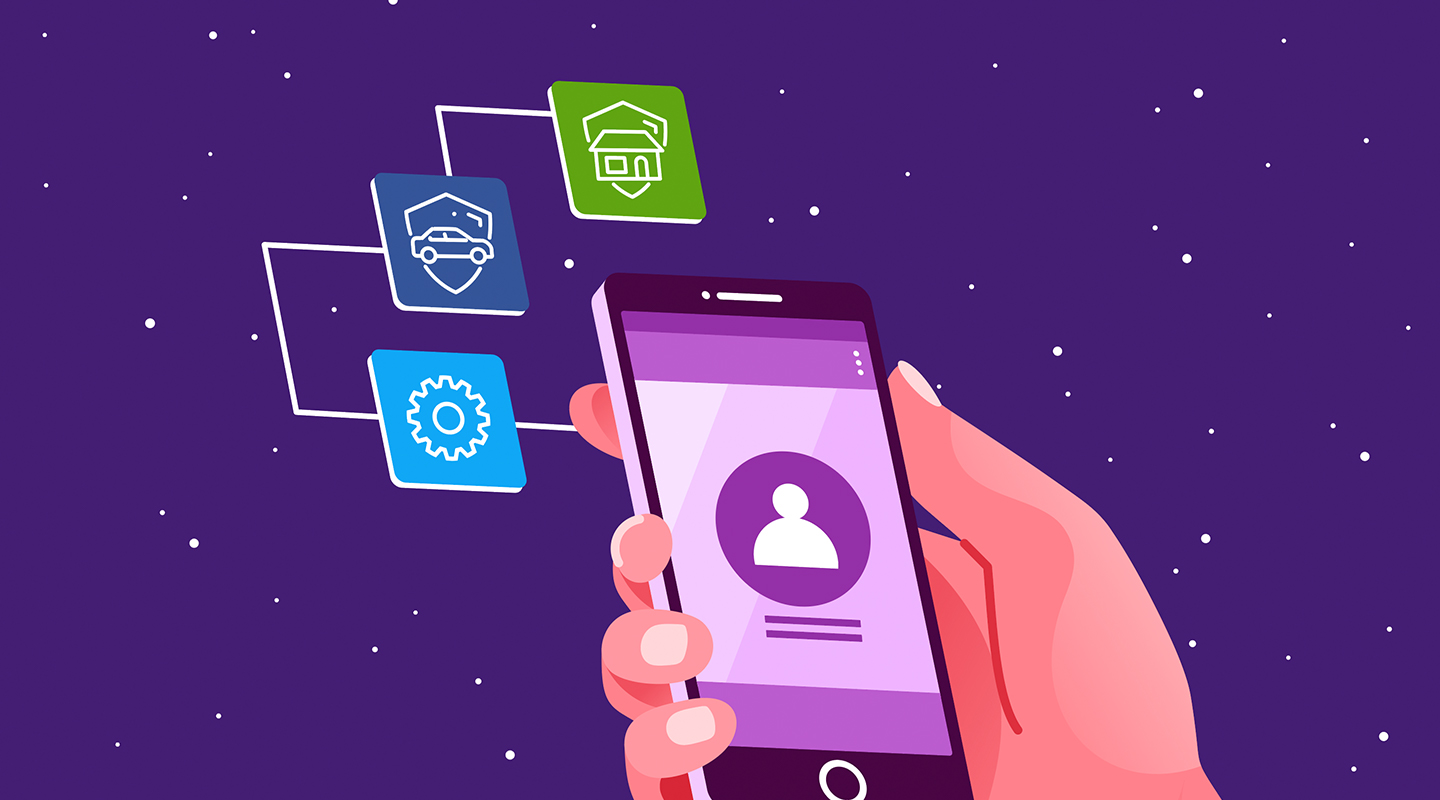Customer loyalty is no longer a given, especially in the highly competitive property and casualty market. If customers are faced with a tedious application or struggle with a claim, it can push them to search for a new insurer.
According to our “2020 Insurer Compass Report,” conducted by Insurtech Insights, a significant number of people are looking for ease of use when it comes to interactions with their insurance company: fully 79% shop around when they have difficulty filling in applications; another 62% when struggling to make a claim.
And insurers are responding. After decades of investing in technologies designed to make doing business with customers easier, P&C carriers are now embracing technologies that make it easier for customers to do business with them.
As our report “When Insuretech Meets Coretech” explains, insurance core systems now have an added role to play. Increasingly, insurance core systems serve as the hub for digital insurance ecosystems to deliver increasingly sophisticated customer experiences.
How legacy systems are holding back P&C insurance
In revamping their business processes and customer experiences, many insurers are beginning to wonder if it would have been easier to start from scratch. Because of the inherent limitations of their legacy systems, these projects can be expensive and time consuming. With so many pieces to consider and integrate, it seems like you’ll never be finished. And by the time you finally are, you may already have spent any new revenue the updated platform will attract.
With the right insurance core systems, however, it’s a whole different story.
Three keys to building an effective digital insurance customer experience and improving customer loyalty
Early insurance digitalization efforts focused on process efficiencies, such as reducing paper and manual processes. Then the focus was on mobile access. But in today’s digital economy, the customer journey goes far beyond mobile. It must be capable of including any insurtech, technology platform, or service that helps you know your customer and address their needs.
Here are three key components a digital platform must have to get there:
- Application programming interfaces. APIs are the gateways between technologies or applications. For example, an API may connect your policy admin system to an insurance telematics or other IoT device. Starting with an open, non-proprietary platform with a wealth of APIs is invaluable for delivering a truly personalized customer experience.
- Event streaming. Event streaming is all about data collection. Whether you’re collecting information on driving events from a car or biometric feedback from wearable devices, a platform that can deal with rapidly accumulating data that can be ingested, analyzed, and responded to in real time provides customers with a unique experience. Not only can the data configure the coverage to a customer’s unique situation, but the customer’s status is always available on demand.
- Low-code tools. When it comes to getting insurance products to market, time is money. A platform with rapid configuration capabilities — operable by non-technical users — decreases your time to market and puts innovation in the hands of your subject matter experts. Most importantly, it puts you in front of customers faster.
These three components are the key to “How to Become a High Velocity Insurer and Win in the New Digital Economy,” and the key to building customer loyalty.
When it comes to customer loyalty, it’s quite clear: a unique, customized experience; a responsive, agile technology; and ready-made tools to develop the customer journey all attract new clients.
Ready to improve your customer loyalty? Book a call.




